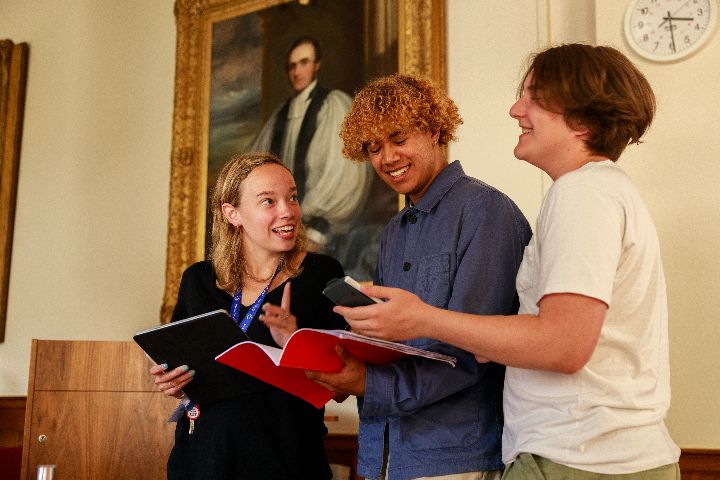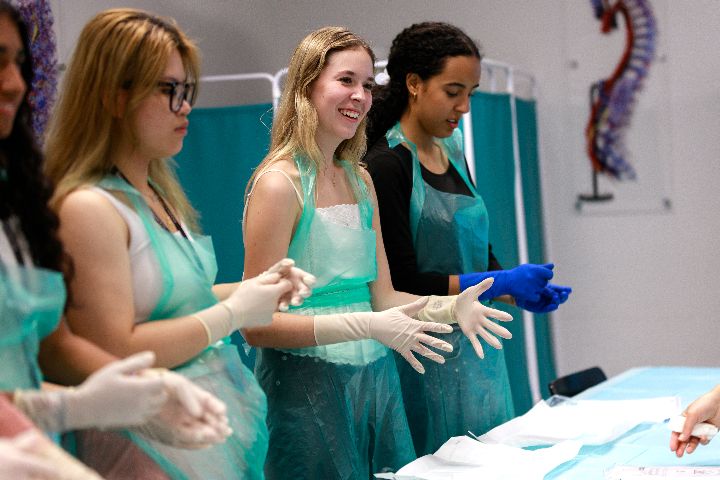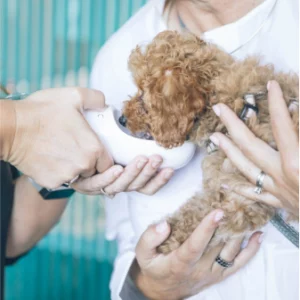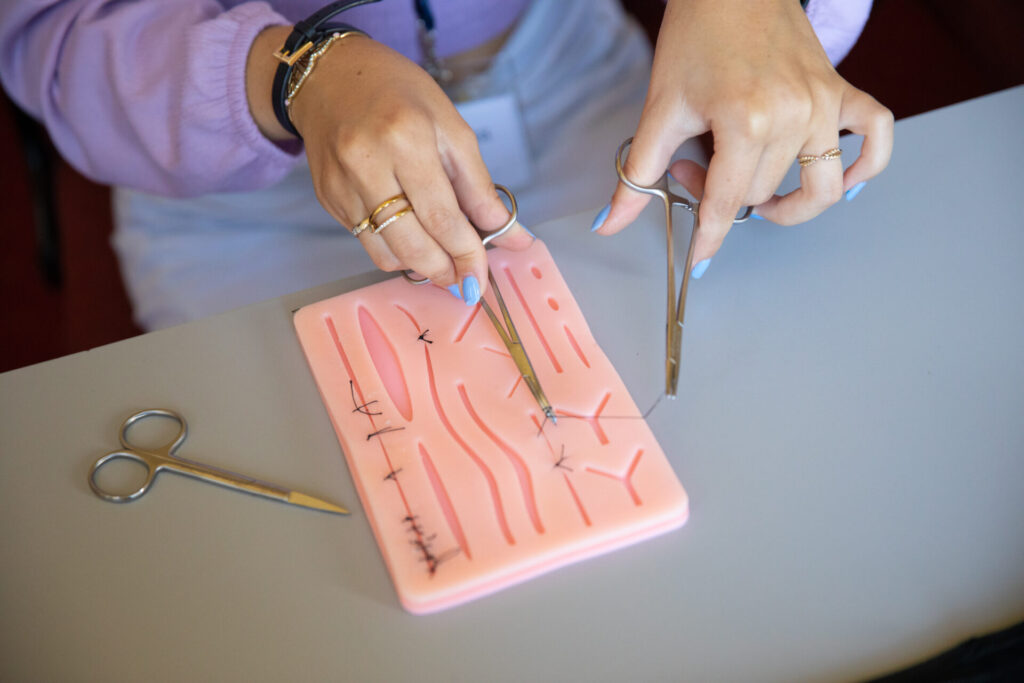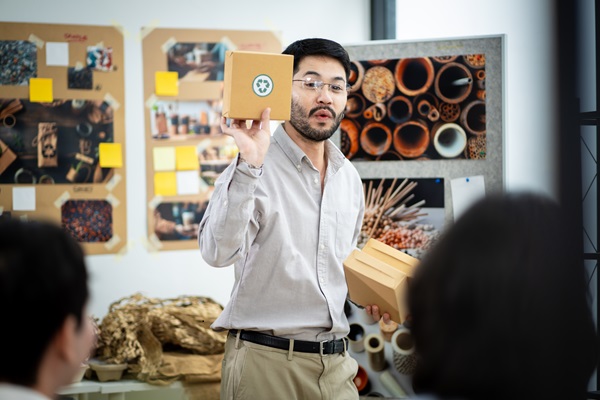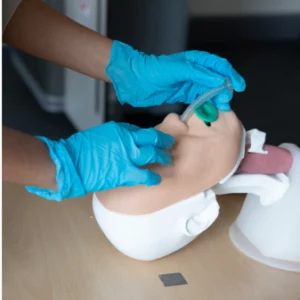The history of veterinary medicine is a compelling narrative that spans thousands of years, reflecting the evolving relationship between humans and animals. This exploration into the past not only unravels the progression of veterinary practices but also illuminates the pivotal role veterinarians have played in shaping societies. Understanding the historical context of veterinary medicine offers a profound appreciation of its impact and the significant role it continues to play in our modern world. Delving into this history provides an essential foundation for anyone seeking to gain expert knowledge in the field. It serves as a valuable guide for those pursuing further education or a career in veterinary medicine, offering insights that are crucial for informed practice and innovative advancements.
Ancient Veterinary Practices
Tracing back to ancient civilisations such as Egypt and Mesopotamia, the inception of veterinary medicine coincides with animal domestication. During this era, animals such as cattle, horses and donkeys became increasingly important as the well-being of these animals directly impacted human livelihoods, especially in the agricultural and transportation sectors. Thus, a deeper understanding of animal health was necessary. Evidence of early veterinary practices can be found in ancient texts and artefacts. For instance, Egyptian hieroglyphics depicting animal care provide a glimpse into the rudimentary yet thoughtful approaches to animal health. These civilisations recognised the importance of animals not just as labour sources but as integral parts of society, leading to the development of basic veterinary practices.
Veterinary Medicine in the Middle Ages
The Middle Ages marked a significant period in the evolution of veterinary medicine, especially in Europe. During this era, the care and treatment of animals, particularly horses, were paramount. Farriers, who were blacksmiths specialising in horse hoof care, and horse doctors played critical roles, blending their empirical knowledge with emerging understandings of animal health. The period saw the development of early texts on animal diseases and treatments, influenced significantly by the agricultural practices of the time. This era laid the groundwork for more structured approaches to animal health and disease management.
The Renaissance and Animal Health
The Renaissance period heralded a new age of inquiry and discovery in various fields, including animal health. This era’s hallmark was an increased interest in the anatomy and physiology of animals, leading to more scientific and methodical approaches in veterinary medicine. The establishment of the first veterinary schools in the 18th century was a significant milestone, marking the formalisation and professionalisation of the field. This period’s intellectual fervour greatly enhanced the understanding of animal biology and diseases, setting the stage for modern veterinary practices.
Join the Immerse Education 2025 Essay Competition
Follow the instructions to write and submit your best essay for a chance to be awarded a 100% scholarship.
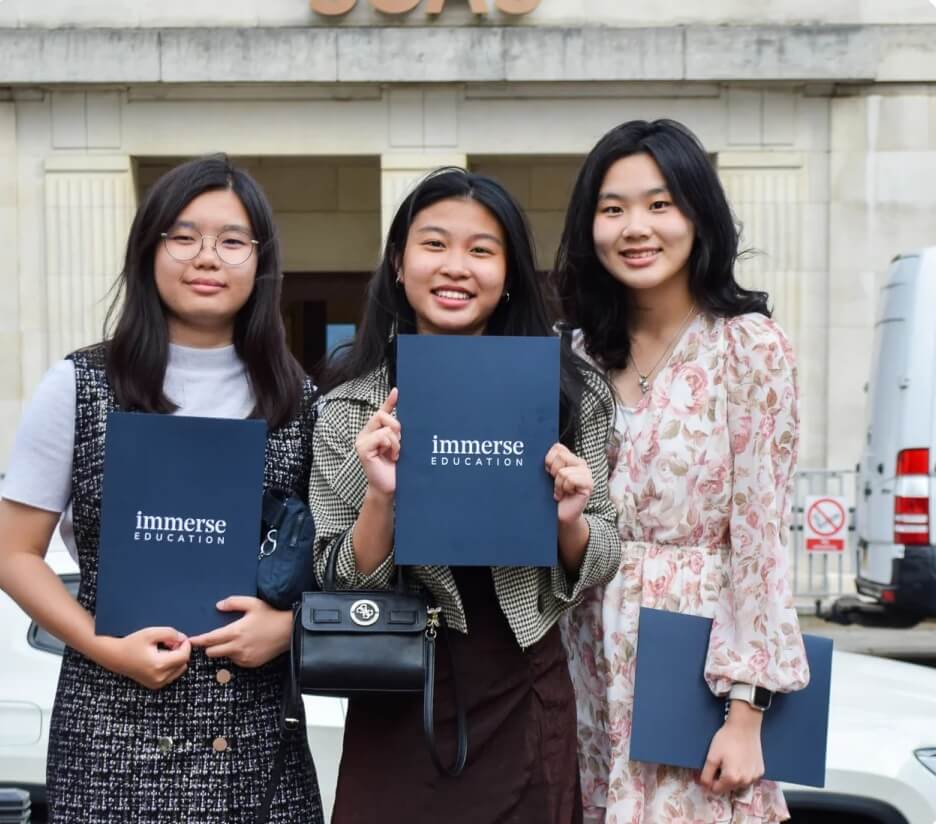
The Industrial Revolution and Veterinary Science
The Industrial Revolution was a turning point in veterinary science, introducing significant advancements in farm animal care and the emergence of urban veterinary practices. The development of veterinary education and the professionalisation of the field during this era were pivotal. Veterinary science began to mirror the societal shifts, with increased attention to the health and welfare of both farm animals and household pets. This period saw the transformation of veterinary medicine from a largely empirical practice to a more evidence-based scientific discipline.
The 20th Century and Modern Veterinary Medicine
The 20th century was a period of remarkable advancements in veterinary medicine. The development and widespread use of vaccines and antibiotics marked a revolution in animal health care, significantly reducing mortality and improving the quality of life for animals. The emergence of small animal practices catered to the growing pet care market, reflecting societal changes in how people viewed and valued their pets. Additionally, the role of veterinarians in the World Wars, where they dealt with large-scale animal care and management, contributed to advances in the field, highlighting the versatility and importance of the veterinary profession.
Specialisation and Technological Advances
The field of veterinary medicine has witnessed immense growth in specialisation, particularly from the late 20th century into the early 21st century. Areas such as surgery, oncology, and cardiology have become more prominent during this period. Technological advancements, especially notable from the 1980s onward, in diagnostics and treatment methods, have revolutionised animal health care. Modern veterinary practices now incorporate a range of sophisticated equipment, from advanced imaging technologies like CT scanners to intricate surgical tools, enhancing the precision and efficacy of veterinary care.
Veterinary Medicine and Public Health
Veterinarians play a crucial role in public health, particularly in controlling and managing zoonotic diseases – illnesses that can be transmitted from animals to humans. This aspect of veterinary science underscores the interconnectedness of human and animal health and the importance of veterinary expertise in safeguarding public health. Veterinarians’ involvement in managing global health challenges, including the outbreaks of zoonotic diseases, is a testament to their indispensable role in the health sector.
Conservation Medicine
In recent years, veterinary medicine has expanded its scope to include wildlife conservation, focusing on ecosystem health, endangered species, and biodiversity. This emerging field responds to the challenges posed by climate change and human activities, highlighting veterinarians’ critical role in preserving wildlife health and biodiversity. The involvement of veterinarians in habitat conservation activities and in treating wildlife underscores the expanding role of veterinary medicine in addressing global environmental and ecological issues.
The Future of Veterinary Medicine
Looking ahead, the future of veterinary medicine is poised for exciting developments. The integration of technologies such as telemedicine, wearable devices, and artificial intelligence is set to transform veterinary practices. Moreover, emerging trends in genetic and regenerative therapies hold the promise of groundbreaking treatments for animal health. Predictions and expert opinions point to a future where veterinary medicine continues to evolve, adapting to technological advancements and the changing needs of society.
Conclusion
The evolution of veterinary medicine from its ancient roots to its modern-day prominence is a journey of discovery, innovation, and dedication to animal welfare. This historical overview not only highlights the significance of the veterinary profession but also serves as an inspiration for young, aspiring individuals. For those embarking on a career in veterinary medicine, a deep understanding of its rich history is invaluable, providing a context for current practices and inspiring a commitment to future advancements and ethical responsibilities in animal care.
Looking to further your academic understanding of Veterinary Medicine? Read more about our Veterinary Studies Summer programmes with Immerse Education today.
